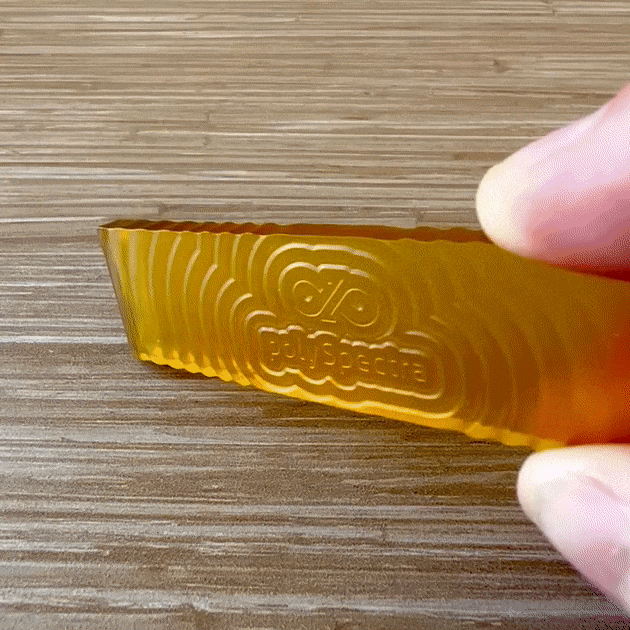Durability in Photopolymer Resin 3D Printing, Stereolithography, Vat Photopolymerization, and Polymer Additive Manufacturing
Durability is a critical factor in the field of additive manufacturing, especially when considering the use of photopolymer resins in 3D printing technologies such as stereolithography (SLA) and vat photopolymerization. Durability encompasses the ability of a printed part to withstand mechanical stresses, environmental factors, and long-term use without significant degradation in performance. This report provides a detailed analysis of selected sources that contribute valuable insights into the durability of materials and components produced through these methods.
Springer Chapter on Vat Photopolymerization
Relevance: The Springer chapter offers a comprehensive review of vat photopolymerization technology, including the chemistry involved and the range of materials employed. This is relevant to the topic of durability as it provides a foundational understanding of the factors that influence the mechanical properties of printed parts.
Reliability: Springer is a reputable publisher of academic books and peer-reviewed journals, ensuring the credibility of the information provided in the chapter.
Significance: The chapter is significant for its in-depth coverage of the vat photopolymerization process and its potential to produce complex, multifunctional products with tailored performance, which includes considerations of durability.
Contribution to Research Question:
- Describes the versatility of polymer chemistry in vat photopolymerization, which affects durability.
- Reviews the current state of the technology and its applications in fields where durability is crucial.
- Discusses innovations that have been developed to enhance the performance of printed products.
PubMed Central Article on High-Speed Vat Photopolymerization
Relevance: This article addresses the challenges and limitations of vat photopolymerization in achieving high printing speeds, which indirectly relates to durability as faster production rates can affect the mechanical properties of the final parts.
Reliability: PubMed Central is a free archive of biomedical and life sciences journal literature, making it a reliable source for scientific information.
Significance: The article is significant for understanding the trade-offs between printing speed and part quality, which includes durability. It also explores the parameters that control the photopolymerization process and their impact on the final product.
Contribution to Research Question:
- Discusses the influence of process parameters on the mechanical properties of printed parts.
- Highlights the importance of controlling these parameters to ensure durability.
- Provides a perspective on the potential for high-speed production without compromising part quality.
RSC Article on Sustainable Polymers in Additive Manufacturing
Relevance: The article from the Royal Society of Chemistry discusses the sustainability of polymers used in additive manufacturing, which is relevant to durability as it includes the consideration of long-term performance and environmental impact.
Reliability: The Royal Society of Chemistry is a leading scientific publisher, providing high-quality, peer-reviewed articles, which ensures the reliability of the information.
Significance: The article is significant for its focus on the sustainability of additive manufacturing materials, which encompasses the durability of the materials in the context of their environmental impact and lifecycle.
Contribution to Research Question:
- Reviews current methods of additive manufacturing and their associated materials.
- Discusses the impact of these materials on society, including their durability.
- Emphasizes the need for sustainable, durable materials in the future of additive manufacturing.
Hindawi Journal Article on Additive Manufacturing Challenges
Relevance: The Hindawi journal article provides an overview of the challenges faced in DLP and LCD 3D printing, including the impact of resin components on the final properties of printed materials, which directly relates to durability.
Reliability: Hindawi is an open-access publisher of peer-reviewed scientific articles, ensuring the trustworthiness of the content.
Significance: The article is significant for its detailed examination of the factors that affect the mechanical stiffness and durability of printed parts, including post-treatment processes.
Contribution to Research Question:
- Offers insights into how resin formulation and printing parameters affect durability.
- Highlights the role of post-treatment in determining the final mechanical properties.
- Suggests that further studies are needed to fully understand and improve the durability of printed materials.
Conclusion
The selected sources provide a comprehensive view of the current state of photopolymer resin 3D printing, with a particular focus on the durability of printed parts. They cover a range of topics from material formulations and process parameters to post-processing and sustainability considerations. Each source contributes valuable information that can help researchers and practitioners understand the challenges and opportunities related to enhancing the durability of parts produced through stereolithography, vat photopolymerization, and polymer additive manufacturing. By examining these sources, one can gain a deeper understanding of how to improve the long-term performance and reliability of 3D printed components in various applications.
